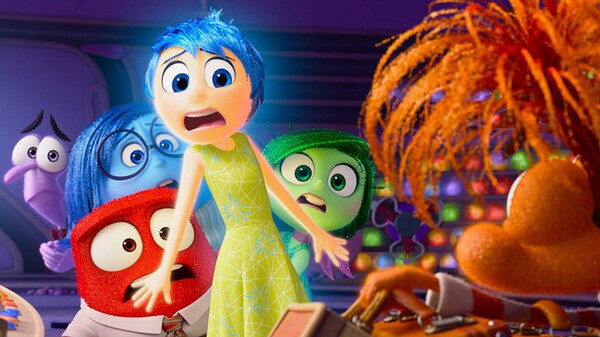An Interview with Colin Brady
Colin Brady
is an American animator and film director. He has worked as lead animator,
animation director, supervising animator and co-director with animated film
powerhouses Pixar and Industrial Light & Magic.
His credits have included
Toy Story, Toy Story 2, A Bug’s Life, Men in Black II, Lemony Snicket’s
A Series of Unfortunate Events and many others
.
You have worked for Pixar, the firm which defines “quality as being the
central part of its business plan”. Can you tell us what this means?
I believe that the underlying philosophy in Pixar is very much the same as
when I used to work there. What distinguishes their products from others is
the meticulous way in which the whole team works. They spend a great deal
of time (seven years or so) and invest in large amounts of money to produce
a product they retain perfect for public viewing. This reflects in their
economic upturn which exceeds the amount of invested money in a project.
Another business characteristic of Pixar is that the film production
director follows the advice of all the team. I believe their secret lies in
the synergy which has been developed between reciprocal listening and
collective work throughout the whole team. This is where the leading force
lies.
Who gets the credit for Pixar’s huge success?
Most of the credit goes to John Lasseter, Andrew Stanton, Pete Docter, Bob
Peterson, Jeff Pidgeon who are all household names. There are, however,
many people (largely unknown to the public) who work on the story and on
the realisation of a film. Steve Jobs himself, although well esteemed for
his work always said: “ I will take more acknowledgements than I deserve”.
He also added that his fame permitted many newspapers and magazines to sell
a great deal of copies simply by being on the front page of them. His
notoriety exceeded by far the work of those who were behind the scenes in
the creation of a film. Steve Jobs was very humble and modest and with
these words he wanted to emphasize the work carried out by the whole
production team. On the same ground, a film like Toy Story 2 was
created thanks to the idea of David Fenton and yet his name is relatively
unknown. It is all about those figures who do not occupy the higher ranking
positions. The essence of Pixar consists in giving voice to all the
professional ranks. Anyone with a good idea is listened to and can
contribute in doing so to the making of the film. In general, it is the
media who gives the most credit to a select few when in actual fact there
are numerous people behind these extraordinary results.
How does the trend to promote family values tie in with their huge
economic success?
This kind of film is a good investment. And even non-believers are willing
to produce a film regarding the family. Even those who define themselves as
“anti-Christian” consider the family as a sound investment. In the States,
there is also a growing interest in making films on faith. This is a
promising trend and amongst other things generates a huge economic success.
Why do you think the tendency to create animated films on the family
has come about?
Animation reaches out to many people. Despite its abstract form people
easily identify themselves with a happy face, two dots and a smile rather
than an actor who you can like or dislike. Animation has a universal
appeal. It is also easier to create material with such products for
marketing purposes like McDonald’s “Happy Meal” where each time you find
new characters to collect. Thus animated films or even animated cartoons
have the advantage of remaining longer at the cinema and on television.
In “The Incredibles” is there a particular model of the family which
has inspired the creators? And what are the values they transmit?
I have often spoken with the production director about The Incredibles.
I think that the best ideas come from our own “real” lives. You can
transmit what you know well and are most familiar with. Everyone’s family
experience is transmittable and universal. The more a film is based on
personal memories and experiences the better the outcome is. The
inspiration is seen in prospect of being at the service of others; of not
complaining but rather offering oneself and putting oneself at the
disposition of the family. It is mainly about giving oneself to the family
when they need you.
Why did you choose to work in this sector?
I could not choose anything else except this field, it is a passion which
runs through my blood. At the end of the 80s the creation of animation on
the computer really took off. At school I was good at Art but I wasn’t
entirely satisfied until I decided to work on computer animation. I was
made for this field of work and in a way it chose me.
Credits photo: “Mariana I. Arias” Univ Forum














